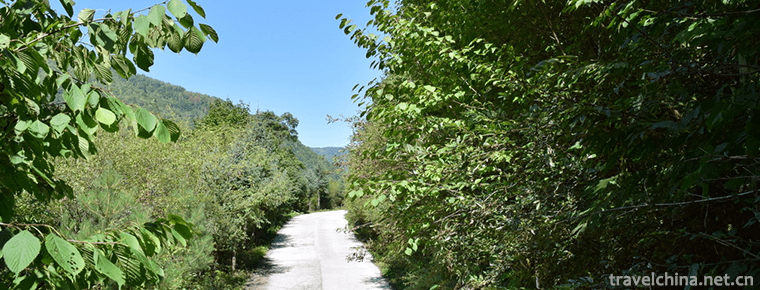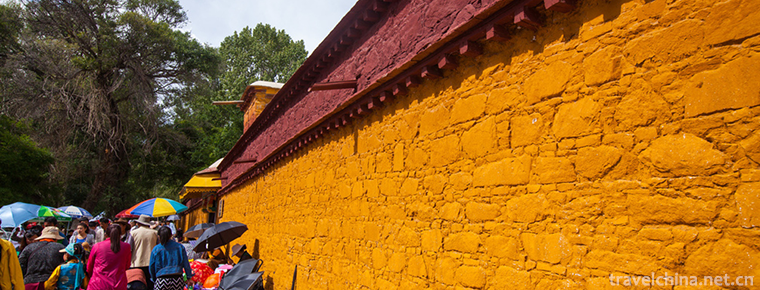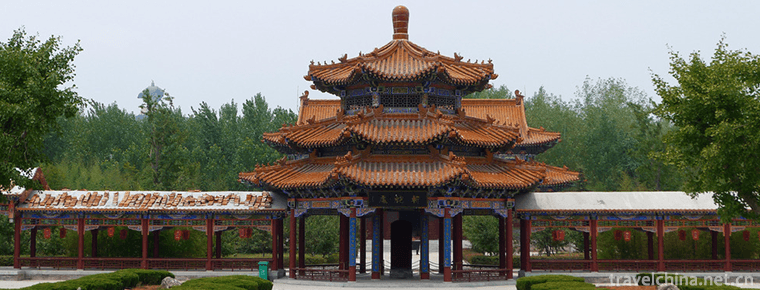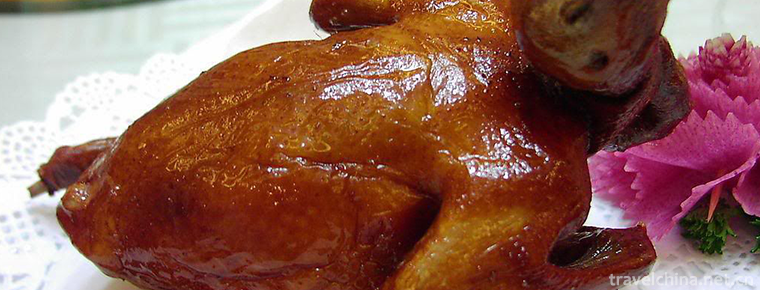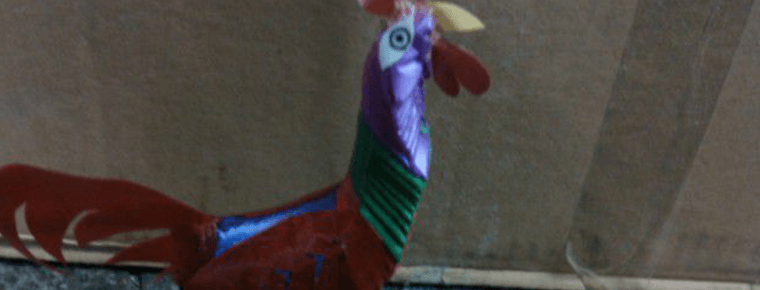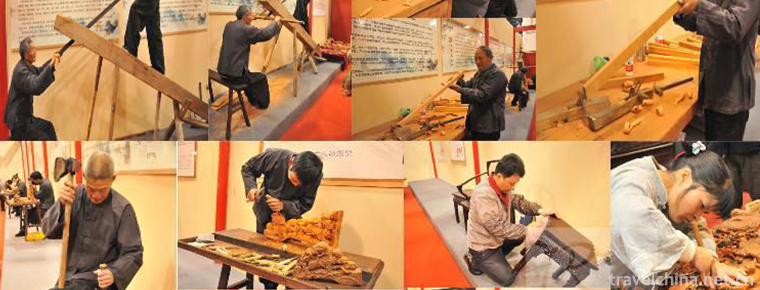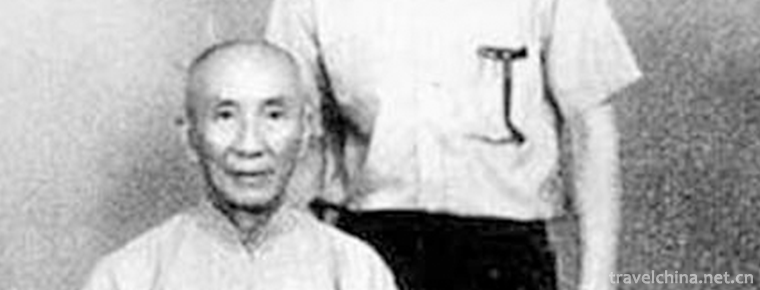Brush making skills
Brush making skills
Brush making skills, local folk traditional skills in Huangpu District of Shanghai and Jiangdu District of Yangzhou City of Jiangsu Province, one of the national intangible cultural heritage.
Brush making technique is a traditional handmade technique with a long history in China. It is made of animal hair tied into a pen head and then bonded to a tubular pen pole. Zhou Huchen's brush making skill is a combination of Hu Pen, Water Pen and Calligraphy and Painting Brush. It integrates the brush making skills of South China and creates Shanghai style brushes, which make Shanghai style brushes accompany with Shanghai style calligraphy and painting. Yangzhou brush making technology is unique with its numbness as a foil. It has been well-known for more than 400 years. Its production technology is mainly retained in Jiangdu Traditional Chinese Painting Brush Factory, located in Huadang, Jiangsu Province.
In 2009, the craftsmanship of brush making was approved by the State Council of the People's Republic of China and listed in the second batch of national intangible cultural heritage list, project number_-200.
Zhou Huchen's Brush
Zhou Huchen's brush making skills are named after the founder Zhou Huchen and accumulated by Zhou Huchen's Brush and Ink Zhuang (Pen Factory) in more than 300 years.
In 1694, descendants of Zhou Huchen set up Zhou Huchen Bimozhuang from Jiangxi to Suzhou.
After the opening of Shanghai, Zhou Huchen Bimozhuang moved from Suzhou to Huangpu District in 1862.
In 1958, it amalgamated ten pen and ink banks in Shanghai and established old Zhou Huchen pen and ink banks.
In 1987, the company expanded its scale and established Shanghai Lao Zhou Huchen Pen Factory.
Yangzhou brush
Yangzhou brush (also known as "Yangzhou fountain pen") is unique with its numbness as a backing. History of the Qing Dynasty records: "Yangzhou Zhongguan Rat Heart Painting Brushes are excellent for brushing and painting, and the fountain brushes are also wonderful."
In 1747, Ren Wenyuan's family pen-making workshop was founded by Ren's family. Up to now, a seal of "Bridge Ren Wenyuan Bookstore" in Zhendian is still treasured. Before the 1950s, Yangzhou fountain pens were distributed in Huadang, Daqiao, Zhengyi, Zhanggang, Wuqiao and Yangzhou City, and their products were sold all over the country and even overseas. Contemporary, Jiangdu Traditional Chinese Painting Brush Factory keeps complete production skills, adheres to the production of Yangzhou fountain brushes, and has become an important export base of brushes.
Process characteristics
Zhou Huchen's Brush
Zhou Huchen integrates the skills of many families in making brushes, and integrates the strengths of each family. On the basis of inheriting the traditional skills, he constantly innovates the skills of making brushes, from making wolf pens to making lamb pens and both of them to making wolf pens. Combining with the characteristics of Shanghai style calligraphers and painters, he creates the techniques of making brushes such as "waist-strengthening method", "top-up method", "top-up method", "refinement method" and animal hair.“ Configuration method"improves the use of brush function.
Yangzhou brush
Yangzhou brush production technology is unique, natural materials, complex technology, all by hand, tongue and visual production.
Yangzhou brush, with water into the set, watertight, durable; pen strokes, complement each other; elegant character, strong charm. The representative work "Xiangjiang Yipin" has been praised as "the king of the pen".
Technological process
Yangzhou brushes are made of wolf hairs and rabbit tips (hair on rabbit's back) as main raw materials and porous hemp as auxiliary materials. The materials used in pen making are bamboo, Nanmu, Haimei, Niujiao, jade, ivory, porcelain carving paint, cloisonne, etc. The auxiliary materials are rosin, rice clay, alum, sulfur, silk thread, top stone, lead paint, pen repairing glue, etc. Its production can be roughly divided into three parts: water basin, suit and dry farming, including material selection, tearing, combing, picking, top hairs, uniform hairs, pressing hairs, brushing hairs, whole hairs, linen-making, lining, lining, round pen, capping hairs, brush-setting, flat head, winch, pen-setting, pen-repairing, engraving and more than 120 working procedures.
Inheritance and protection
Inheritance value
"Zhou Huchen" combines the skills of Lake brush, fountain brush and calligraphy and painting brush, integrates the skills of southern China, and creates Shanghai style brush, which is accompanied by Shanghai style brush and calligraphy and painting.
The craftsmanship of Yangzhou brush has extremely important historical and cultural value and technological value.
Inheritance status
For thousands of years, the craftsmanship of Yangzhou brush production has been following the way of inheritance of the family, teachers and apprentices, and the inheritance context is clear. There are Ren's family inheritance pedigree and teacher-apprentice inheritance pedigree. There are 130 original pen-making workers in Jiangdu Traditional Chinese Painting Brush Factory, but now there are only twenty or thirty. The inheritance of skills has become a problem, and no real inheritor has yet been found. In the past, brush making skills were taught within the family, but not outside. Later, this rule was broken.
At present, the brush market is shrinking day by day. Making brushes is all manual work, complicated and hard work, low social status and poor wages. Young people are not interested in learning crafts. Over time, the brush making industry has been scarce and is on the verge of crisis.
Inheriting characters
Wu Qingchun, male, born in 1961. In 2012, Wu Qingchun was selected as the representative successor of the fourth batch of national intangible cultural heritage projects and declared in Huangpu District, Shanghai. Declaration items: brush making skills.
Shi Qingpeng, male, born in 1948. In 2012, Shi Qingpeng was selected as the representative successor of the fourth batch of national intangible cultural heritage projects, Jiangdu City of Jiangsu Province declared. Declaration items: brush making skills.
protective measures
In 2013, Jiangdu Traditional Chinese Painting Brush Factory, as the only one to preserve the complete production skills of Yangzhou brushes, received special funds from the Ministry of Culture for non-heritage protection. After consulting a large number of literary and historical materials and field research, Shi Qingpeng, the representative inheritor of the national intangible cultural heritage project, and experts combed the production skills of Yangzhou brush.
Jiangdu Traditional Chinese Painting Brush Factory investigates and studies the historical origin, inheritance context, technical characteristics, related objects and appliances of Yangzhou brush, establishes Yangzhou Brush Production Technology Committee, establishes Yangzhou Brush Production Technology Training Institute and Master's Studio, regularly teaches primary school students the skills of Yangzhou brush production, and compiles and publishes the monograph "Beauty is immortal in the world: Yangzhou Brush"; Shi Qingpeng's Six Lectures on the Art of Pen Making and the Popular Readings of Brushes and Painting and Calligraphy.
At the end of 2008, the Shanghai Brush and Ink Museum was established. It has become the exhibition center of Zhou Huchen's brush making skills and Cao Sugong's ink ingot making skills. It is also the "national demonstration base for the productive protection of intangible cultural heritage".
social influence
Domestic influence
Honorary commendation
Zhou Huchen's brush once produced "Shoubi" for Emperor Kangxi of the Qing Dynasty, "imperial brush" for Emperor Qianlong, custom brush for calligraphers and painters, and "Dragon-Phoenix Painting" for the Beijing Olympic Games.
Jiangsu Jiangdu Traditional Chinese Painting Brush Factory's "Longchuan" brand brush has won national gold medals and international gold medals for many times, and is known as the "treasure of the country".
Zhou Huchen's "Dragon and Phoenix Painting" was inscribed by Wu Qingchun, a licensed commodity for the 2008 Beijing Olympic Games. His works have been collected in the National Museum of Tibet.
Important exhibition
On November 5, 2018, Zhou Huchen's brush making skills appeared at the first China International Import Expo.
Foreign influence
Zhou Huchen's brush products have a wide market and good reputation in Japan, Korea, Southeast Asia and Hong Kong, China and other countries and regions.
Jiangsu Jiangdu Painting Brush Factory has developed into more than 1600 kinds of Chinese painting and calligraphy brushes in five categories, and has become an important production base in Asia.


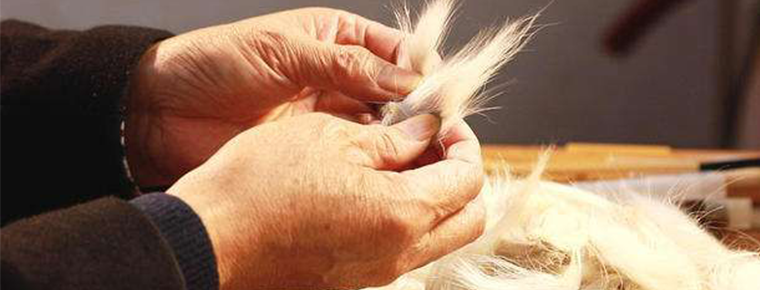
-
Shanghai
People's Republic of China municipality directly under the central government.
Views: 268 Time 2018-10-12 -
Ashatu Stonehenge Tourist Area Chifeng City Inner Mongolia Autonomous Region
Ashatu Stonehenge Tourist Area, Chifeng City, Inner Mongolia Autonomous Region Keshkten Stone Matrix (formerly Ashatu Stone Forest) is located in Keshkten Banner of Chifeng City.
Views: 191 Time 2018-12-02 -
Guangegou National Forest Park
Guan'e Gou National Forest Park, located in the outskirts of Chang County, Longnan City, Gansu Province, consists of Guanzhugou, Goose Lou Gou, Mulong Gou, Miaogou and other scenic spots.
Views: 204 Time 2019-01-13 -
Luo Bu Lin Ka Roblinka
Roblinka is a national key cultural relic protection unit, located in the western suburbs of Lhasa, Tibet. Founded in the 1840s (Dalai VII), the Dalai Lama's summer administration place is a typical T.
Views: 186 Time 2019-02-06 -
Mangdao Mountain Han Culture Tourist Scenic Spot
Located in Yongcheng City, Henan Province, Mangdao Mountain Han Culture Tourist Area is a national AAAAA-level scenic spot which integrates landscape sightseeing.
Views: 90 Time 2019-02-07 -
Eight treasures quail
Babao quail is a dish. Its main ingredient is pure quail, etc. Its ingredients are purple quail, lotus seed, etc. Its seasoning is peanut oil, salt, soy sauce and so on. It is made by deep-frying..
Views: 255 Time 2019-03-25 -
Straw weaving
Grass weaving is a popular folk handicraft. It makes use of the grass produced in different places to make materials locally and weave into various daily necessities.
Views: 167 Time 2019-04-15 -
Jiangxi opera
Gan Opera is a traditional opera which sings high-pitched, random-play, Kun Opera and other tunes in a multi-tone way. The dialect used is Gan dialect. Its origin and predecessor.
Views: 91 Time 2019-04-30 -
Furniture Making Skills
Ming-style furniture making skills, local traditional handicraft in Suzhou City, Jiangsu Province, one of the national intangible cultural heritage..
Views: 193 Time 2019-05-05 -
Ningjin Acrobatics
Ningjin acrobatics is one of the traditional folk acrobatics in Shandong Province. With its long history of development, extensive mass base, profound cultural heritage and exquisite performing skills.
Views: 171 Time 2019-06-08 -
Yongchun Quan
Yongchun Quan is a traditional Chinese martial arts, a technology to stop invasion, a positive, streamlined and legitimate defense system, and the legal use of force. Compared with other traditional C.
Views: 212 Time 2019-07-14 -
Capital Normal University
Capital Normal University (Capital Normal University), World class discipline construction universities , Ministry of Education of the People's Republic of China And Beijing Municipal People's Governm.
Views: 157 Time 2019-09-22


